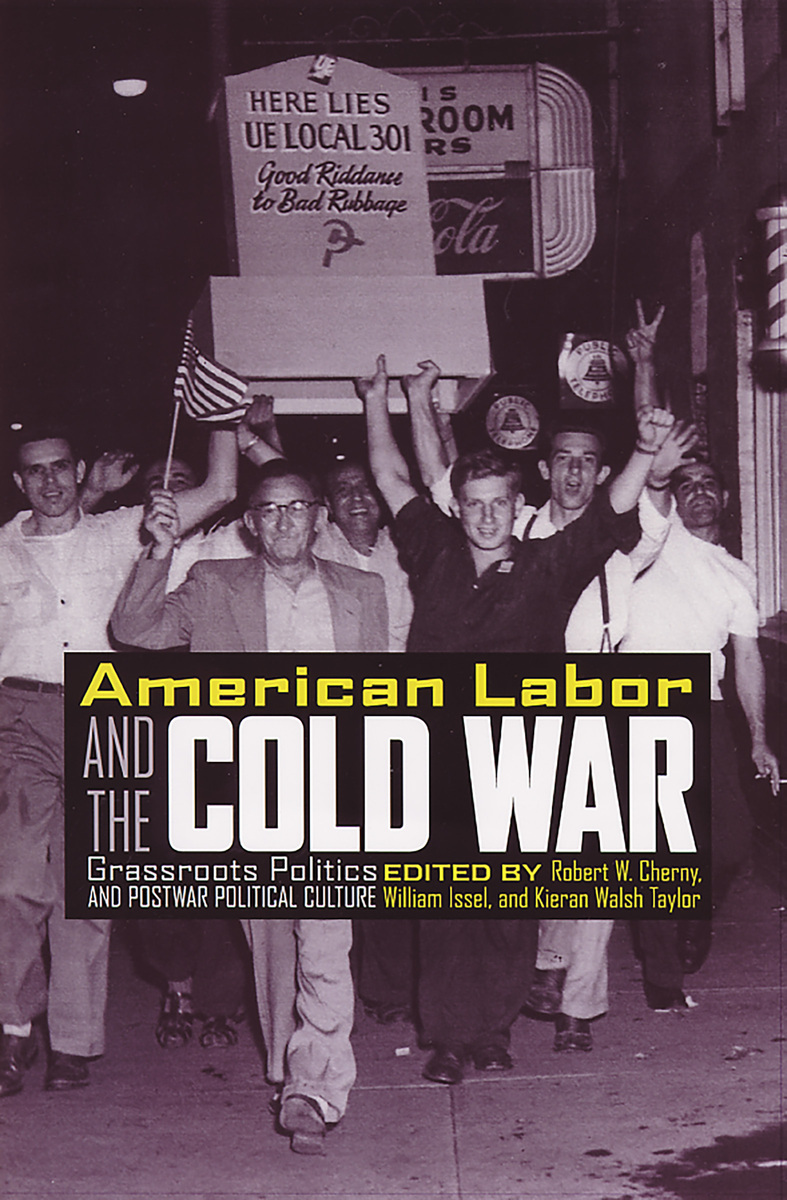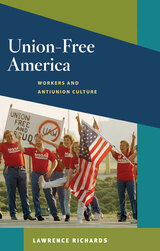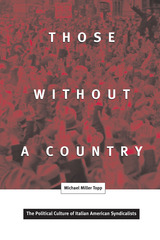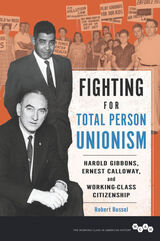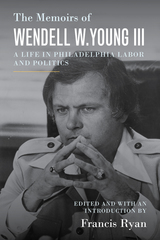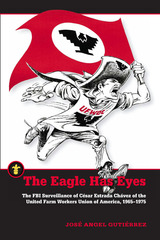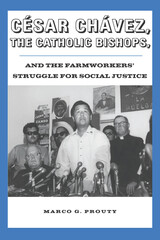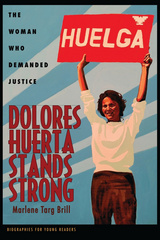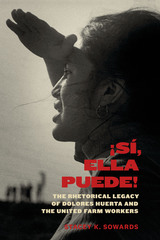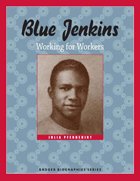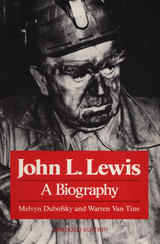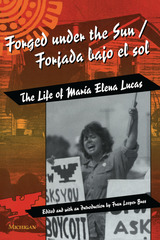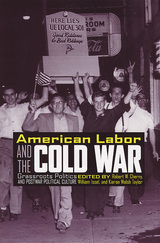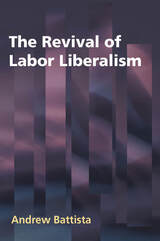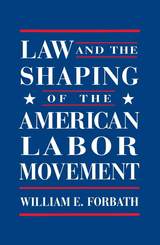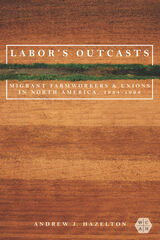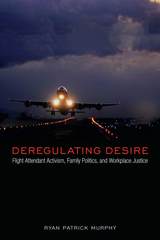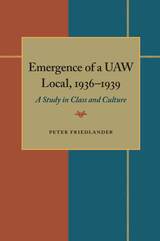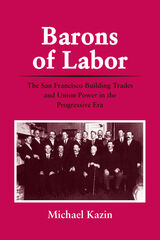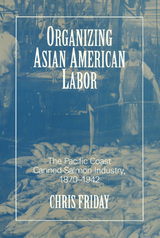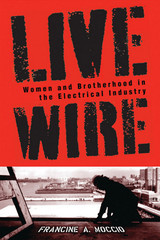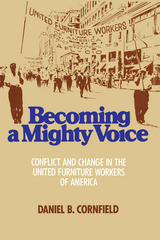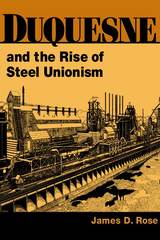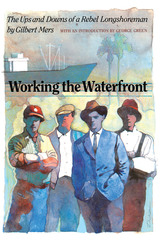Paper: 978-0-8135-3403-9 | Cloth: 978-0-8135-3402-2 | eISBN: 978-0-8135-7672-5
Library of Congress Classification HD6510.A45 2004
Dewey Decimal Classification 331.88097309045
The American labor movement seemed poised on the threshold of unparalleled success at the beginning of the post-World War II era. Fourteen million strong in 1946, unions represented thirty five percent of non-agricultural workers. Why then did the gains made between the 1930s and the end of the war produce so few results by the 1960s?
This collection addresses the history of labor in the postwar years by exploring the impact of the global contest between the United States and the Soviet Union on American workers and labor unions. The essays focus on the actual behavior of Americans in their diverse workplaces and communities during the Cold War. Where previous scholarship on labor and the Cold War has overemphasized the importance of the Communist Party, the automobile industry, and Hollywood, this book focuses on politically moderate, conservative workers and union leaders, the medium-sized cities that housed the majority of the population, and the Roman Catholic Church. These are all original essays that draw upon extensive archival research and some upon oral history sources.
See other books on: 1945-1953 | 1953-1961 | Anti-communist movements | Cold War | Labor unions
See other titles from Rutgers University Press
